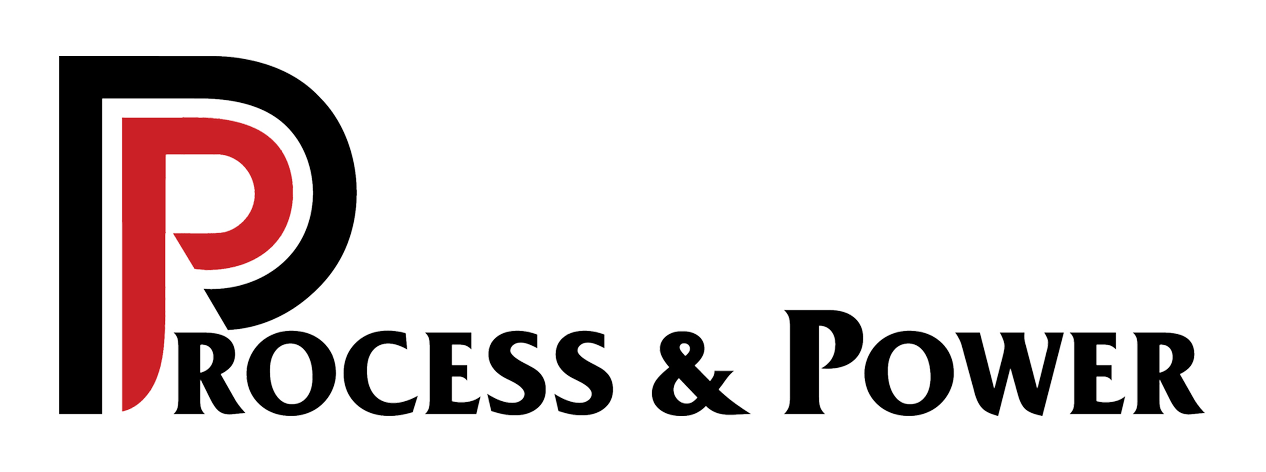Ingersoll Rand, a global leader in reliable and innovative power tools, has expanded its QX Series™ of cordless power tools for assembly markets by introducing the new High Torque Angle Wrench. The new angle wrench reaches a pinnacle of 60 newton metres of torque (44.2 foot-pounds) for the toughest jobs, while providing high accuracy and comfort the QX Series is known for.
The QX Series delivers the right tool for the right job in industries that require high accuracy for fastening and connecting parts, whether in the heavy equipment, light manufacturing, automotive or aerospace sectors.
“Our assembly manufacturing customers asked for power tools with higher torque and higher speeds to address the needs of advanced manufacturing methods and new materials,” said Brian Welborn, global channel marketing leader, Ingersoll Rand Power Tools. “Our experts have delivered all that in the High Torque Angle Wrench – a versatile tool that meets the specific demands of a variety of applications, whether simple or complex, while maintaining comfort, accuracy and reliability.”
High Torque Angle Wrench Reaches New Heights of Torque and Speed
The High Torque Angle Wrench is a cordless, right-angle fastening tool that expands the QX Series to cover high-torque applications and compliment the existing range of Haz Tools, Precision Screwdrivers and low-torque Angle Wrenches already available. It is equipped with a bolstered 40-volt battery that delivers 2.5 amp hours of operation, enough to power the tool through a grueling five to six hour assembly shift without having to recharge the battery.
The High Torque Angle Wrench is ergonomically balanced to increase operator comfort, and comes in a sleek but tough, black housing. It comes in five different model variations that range from low torque to high torque options, with or without wireless capabilities. The models are available in the following torque to free speed ratios:
- 20 Nm (14.75 ft.-lb.) at 1,045 RPM
- 30 Nm (22 ft.-lb.) at 775 RPM
- 35 Nm (25.8 ft.-lb.) at 640 RPM
- 40 Nm (29.5 ft.-lb.) at 540 RPM
- 60 Nm (44.2 ft.-lb.) at 375 RPM
The Technology in the QX Series High Torque Angle Wrench
The QX Series High Torque Angle Wrench is built with Ingersoll Rand’s patented closed-loop transducer control at the heart of the tool, delivering precise torque and accurate, traceable results. The multi-function display is the interface for programming multiple torque, speed and angle configurations—saving time and eliminating the need for additional tools.
It features a wireless communication option that integrates the tool and the assembly line into a true plant-wide network with managed data, process control and the ability to adjust tool configurations in real time. Like all QX Series tools, the communications to and from the tool are exchanged over Ingersoll Rand’s dedicated Process Control Module (PCM). The PCM allows connectivity of up to 10 tools per module to give operators total control of their assembly line, precision fastening tools, and the valuable fastening data it produces.
“More and more manufacturers are finding that the highest operational cost in the plant is the cost of quality,” says Mark Hasz, product manager, Precision Fastening Tools, Ingersoll Rand. “Manufacturers need an assembly process and the corresponding tools that get the job done right, the first time. With traceability and connected technology options in every tool, the Ingersoll Rand QX Series enhances the assembly process with diligent tracking mechanisms.”
For more information on Ingersoll Rand Power Tools, please visit www.irtools.com or www.facebook.com/ingersollrand; or follow Ingersoll Rand on Twitter at @IRProducts or on Instagram at @IRTools.






